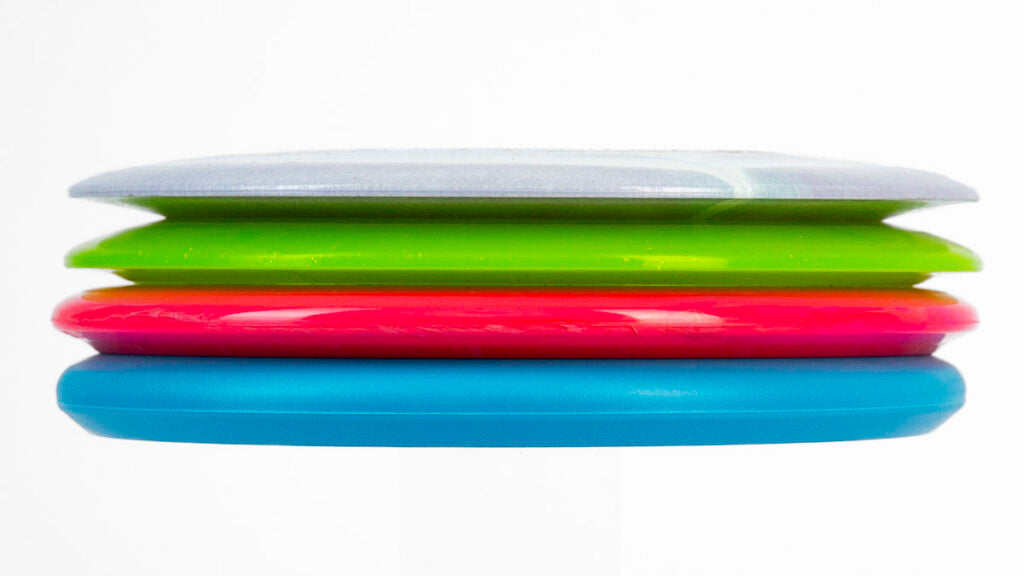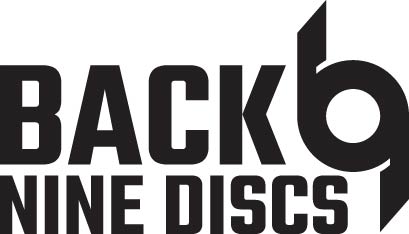
Choosing the Right Disc for Disc Golf: A Beginner’s Guide
Share
When you’re first starting out in disc golf, the variety of discs available can feel overwhelming. From drivers to putters, overstable to understable, there’s a lot to consider when picking out the right disc for your game. But don’t worry—choosing the right disc doesn’t have to be complicated. Whether you’re a complete beginner or looking to improve your game, understanding the basics of disc selection will help you make the right choice.
Let’s break down the different types of discs and how to choose the best one for you.
1. Know the Different Types of Discs
There are three main categories of discs in disc golf, each designed for specific throws and purposes. Understanding these categories will help you build a well-rounded disc selection for your game.
-
Drivers – These discs are designed for distance and speed. Drivers are the go-to choice for long throws off the tee. They come in two subcategories:
- Distance Drivers: These are the fastest and designed for long, powerful throws. They require more skill and power to throw effectively, so they’re better suited for intermediate and advanced players.
- Fairway Drivers: These are slower and easier to control than distance drivers, making them a good choice for beginners who want to throw long but still need more accuracy and stability.
-
Mid-Range Discs – Mid-range discs are versatile and great for accuracy. They don’t go as far as drivers, but they’re more stable, easier to control, and can be used for a variety of shots. They are perfect for approaching the basket after your drive, and they handle a range of conditions well, such as wind or obstacles.
-
Putters – As the name suggests, putters are designed for short, precise throws, typically used when you’re getting close to the basket. Putters are stable and designed to fly slower, allowing you to make controlled and accurate shots with minimal distance. They are the go-to discs for putting, but many players also use them for approach shots because they are easy to control.
2. Understand Stability: Overstable vs. Understable
Another key factor when choosing a disc is understanding the concept of stability. Stability refers to how a disc behaves when thrown, specifically how it turns in the air.
-
Overstable Discs: These discs tend to fade (curve) to the left (for right-handed backhand throws) at the end of their flight. Overstable discs are great for handling headwinds, providing a consistent flight path, and for players with more power in their throws. They are also great for players who need more control or want to avoid turning the disc over.
-
Understable Discs: Understable discs turn to the right (for right-handed backhand throws) during the flight. They are easier to throw, especially for beginners or players with less arm speed. These discs tend to be forgiving, making them easier to control when you’re learning the basics of throwing.
-
Neutral Discs: Neutral discs fly straight and are a good choice for players who have developed their throwing technique and want a stable flight pattern without the disc turning too much or fading too hard.
3. Selecting Your First Discs
For beginners, it's generally recommended to start with a few basic discs that cover a range of uses. Here’s what you should look for when choosing your first set:
-
A Fairway Driver – Look for a disc that is easy to control and not too fast. A moderate-speed fairway driver is a great option for beginners because it provides a good balance of distance and control.
-
A Mid-Range Disc – A neutral mid-range disc is one of the most versatile discs in your bag. It can handle a variety of shots and distances, making it the perfect choice for your second disc.
-
A Putter – A stable, slightly understable putter is ideal for new players. It will help you develop control around the basket and be easier to use for short-range throws.
4. Consider Your Skill Level and Throwing Style
When selecting a disc, consider your current skill level and throwing style. New players will likely benefit from more understable discs that are easier to throw straight, while experienced players may prefer more overstable discs that give them more control and distance in different conditions.
As you improve your technique, you’ll be able to add more discs to your collection to suit a wider variety of shots. Don’t be afraid to experiment and try different discs to find what works best for your throwing motion.
5. Factors to Keep in Mind
-
Weight: Discs come in different weights, typically ranging from 150 to 175 grams. Lighter discs (150-165g) are easier to throw and can travel farther, but they are also more affected by wind. Heavier discs (165-175g) are more stable and provide better control, especially for windy conditions.
-
Plastic Type: Discs are made from different types of plastic, which affect the durability, grip, and flight characteristics. Softer plastics provide better grip but wear out faster, while harder plastics are more durable but may feel a bit slippery. Beginners often prefer softer plastic for better control.
-
Course Conditions: The conditions of the course you play on can also influence your disc choice. If you’re playing in windy conditions, overstable discs will be more effective. In calm weather, you may opt for more neutral or understable discs.
6. Test Your Discs
The best way to find the right disc is to get out on the course and test them. If you can, try out different discs to see how they feel in your hand and how they fly. Many disc golf shops offer disc rental programs, or you can visit a local course to test out a variety of discs before committing to a purchase.
Conclusion
Choosing the right disc for disc golf is a journey that will evolve as you grow as a player. Start with a few basic discs, focus on developing your technique, and adjust your disc selection as your skills improve. Understanding the differences between drivers, mid-range discs, and putters, as well as the importance of stability, will give you the foundation you need to make better choices on the course. With a little experimentation and practice, you’ll soon find the discs that suit your style and make your game more enjoyable and effective!
